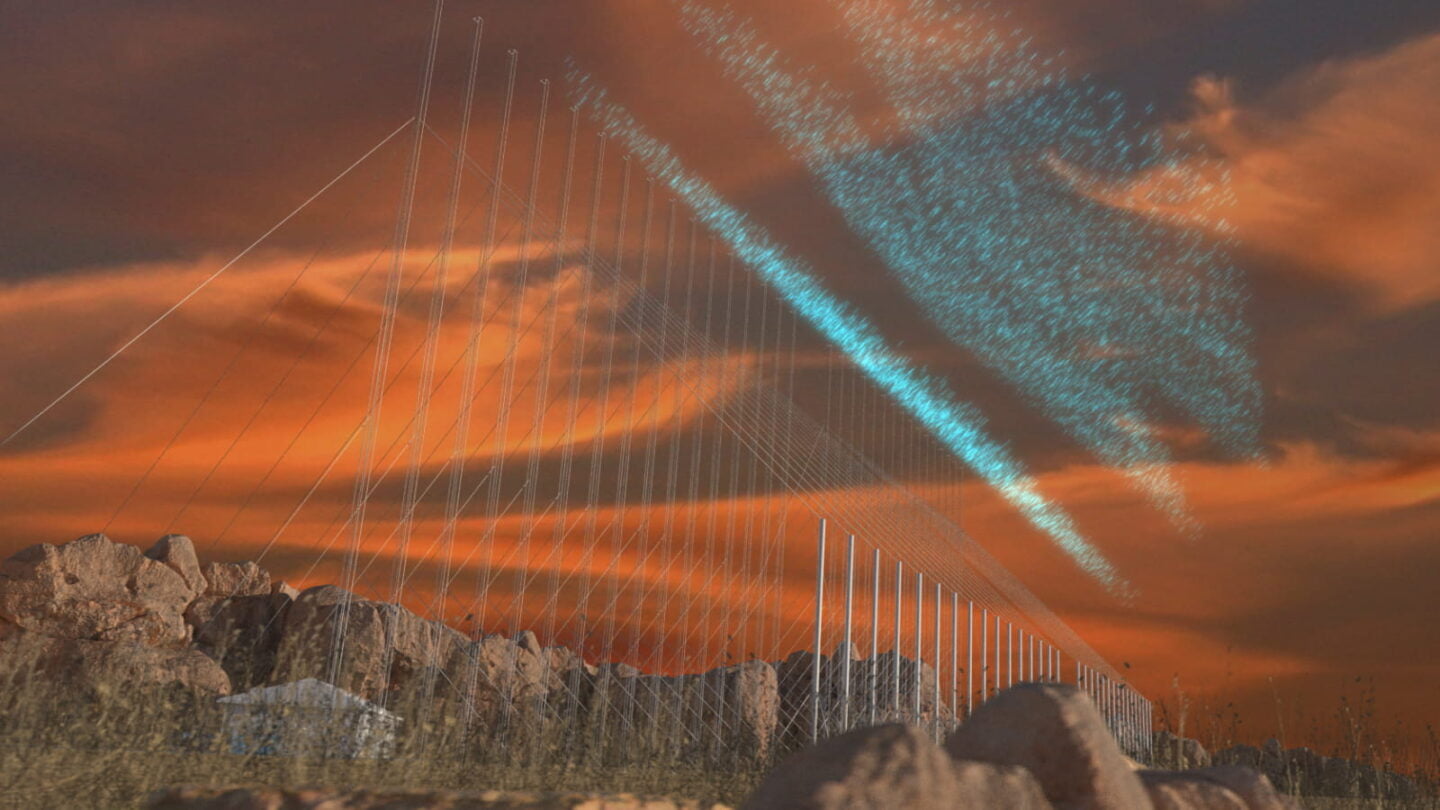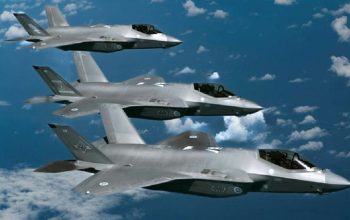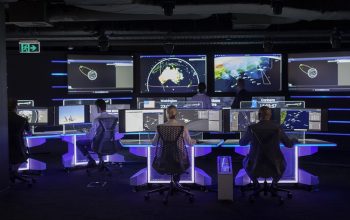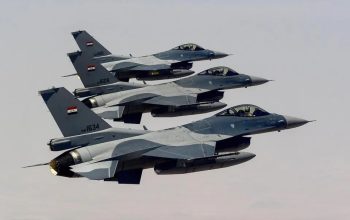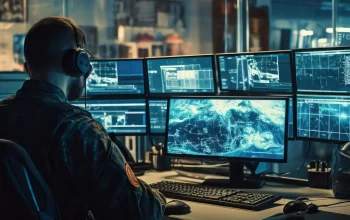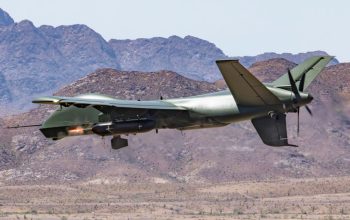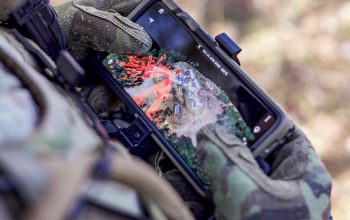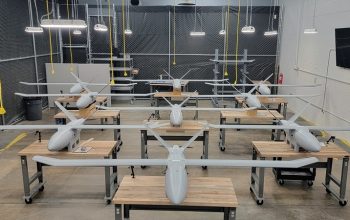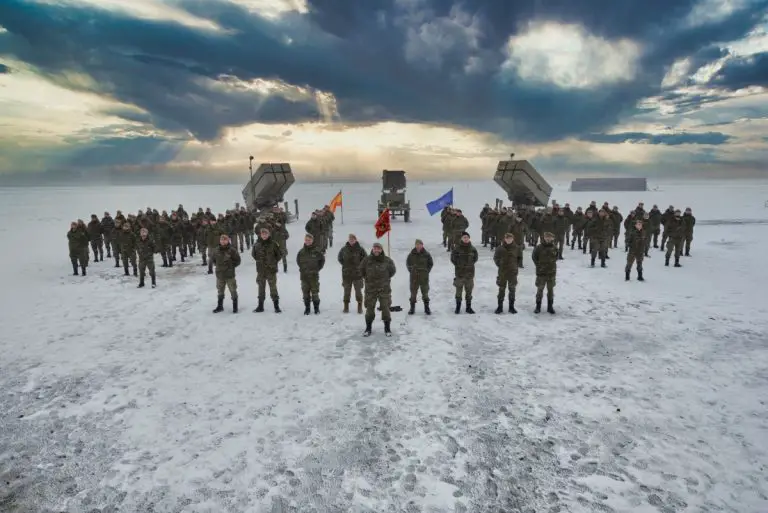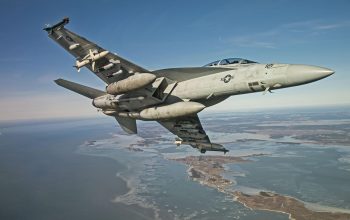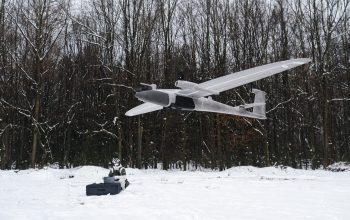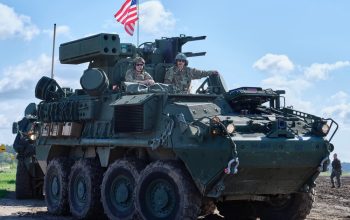For decades, the focus of missile defense for the U.S. and its allies has been on nuclear ballistic weapons, which can fly high and fast to strike a target half a world away. But another threat lurks beneath: cruise missiles, which fly lower and slower but, as seen in strikes on Ukraine, can carry devastating payloads. One important defense against those threats are surface-based radars that can see over the horizon to provide earlier warning and cue defensive measures. Raytheon Technologies is using its decades of expertise as an integrator of missile defense systems to develop a first-of-its-kind, next-generation over-the-horizon radar to defend the homeland. The new system will be able to quickly detect, track and classify cruise missiles – day or night, and in any conditions, including when the northern lights, also known as the aurora borealis, are on display. Raytheon Technologies would be responsible for manufacturing the system, which includes overall program management, systems engineering and integration. It will also build direct digital receivers and computing equipment and deliver next-generation software.
Over-the-horizon radars can detect objects hundreds to thousands of miles away beyond the range limit of conventional radars. They operate in the high-frequency band of 5 MHz to 35 MHz, using powerful radio signals transmitted by a large antenna. What sets them apart from other missile defense systems is that they can see around the curves of Earth. They do that through what is essentially a bank shot: they bounce their signal off the ionosphere, then the target, which reflects the energy back to the ionosphere and ultimately to the radar’s receiver. The next-generation over-the-horizon radar builds on technology and design that power a system known as ROTHR, which the U.S. Navy uses as its primary detection system for border security and drug smuggling. That system, which stands for Relocatable Over-The-Horizon Radar, is built by Raytheon Technologies. The company’s experts are leading the integration of several advancements in its maritime capabilities. And speed to the battlefield is just as critical. Raytheon Technologies’ mature programs and long-standing supplier relationships will allow them to meet a rapid deployment schedule.
“We’re leveraging more than three decades of ROTHR and HF (high frequency) technologies across our portfolios as well as research and investment to deliver a next-generation system built to detect advanced threats,” program manager Jeremy Hurley said.
“The next-generation over-the-horizon radar represents a quantum leap forward in our ability to not only detect and track aircraft and surface vessels, but also detect and defend the homeland against cruise missiles and other weapons. With its unprecedented sensitivity, this new radar technology will be a game changer, providing our military with an unparalleled advantage in cruise missile defense,” said Paul Ferraro, president of Air Power at Raytheon Missiles & Defense, a Raytheon Technologies business.
“We’re uniquely positioned to integrate the most advanced solutions across suppliers because we already have experience across domains, putting systems on multiple platforms and ensuring those systems work with others and can be easily reconfigured depending on the threat,” said retired U.S. Air Force Col. Michael Holl.
Raytheon Technologies has worked with the U.S. Navy, U.S. Air Force, the U.S. Missile Defense Agency and research laboratories to continuously improve technologies critical to over-the-horizon radars, such as systems processing.
Key in the integration process is knowing how varying climates across the U.S. can impact over-the-horizon radar technology. Raytheon Technologies has expertise integrating transmitters, receivers, and command and control systems to develop the best possible over-the-horizon radar. Its advantages include:
— experience building radars that protect lives: ROTHR, Early Warning Radar and SPY-6
— understanding layered defense, decision making and engagement, and how to combine multiple sensors
— knowing how to integrate the system with other security networks and non-Raytheon Technologies’ components.
Thanks to digital technologies like artificial intelligence and machine learning, the new radar not only has increased sensitivity to improve detection, but also can predict where a missile is heading for a more accurate intercept.


